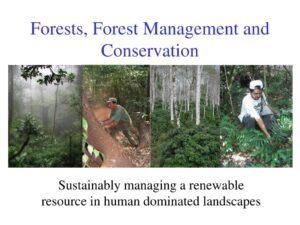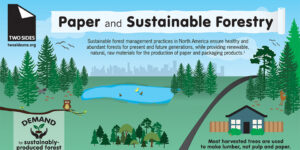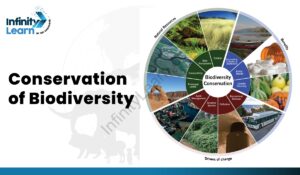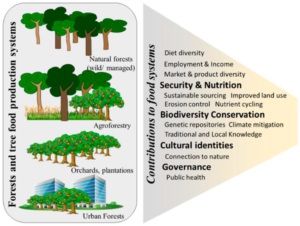Introduction
Forests play a critical role in maintaining the planet’s biodiversity, providing habitats for countless species of plants, animals, and microorganisms. As the global community increasingly recognizes the importance of preserving biodiversity, recent efforts have been made to protect and restore forest ecosystems. This article explores the vital role of forests in biodiversity conservation and highlights some of the most significant global initiatives aimed at safeguarding these crucial habitats.
The Importance of Forests in Biodiversity
Forests cover about 31% of the Earth’s land area and are home to over 80% of the terrestrial species of animals, plants, and fungi. The diversity within these ecosystems is immense, ranging from the dense, species-rich tropical rainforests to the unique and resilient boreal forests of the north. Each type of forest offers unique habitats and supports species that have adapted to their specific environments.
- Habitat Provision: Forests provide shelter, food, and breeding grounds for myriad species. The structural complexity of forests, with their multiple layers from the canopy to the forest floor, creates numerous niches that support diverse forms of life.
- Climate Regulation: Forests play a crucial role in regulating the Earth’s climate by absorbing carbon dioxide during photosynthesis and storing carbon in their biomass. This process mitigates the effects of climate change, which is a significant threat to biodiversity.
- Water Cycle Regulation: Forests influence local and global water cycles. They enhance groundwater recharge, maintain river flow, and reduce the risks of floods and droughts, which are essential for maintaining various forms of life.
Recent Global Efforts in Forest Conservation
- The Bonn Challenge: Launched in 2011, the Bonn Challenge aims to restore 150 million hectares of degraded and deforested la

- nds by 2020 and 350 million hectares by 2030. This initiative promotes forest landscape restoration (FLR) as a means to regain ecological integrity and enhance human well-being.
- The New York Declaration on Forests (NYDF): Announced at the UN Climate Summit in 2014, the NYDF is a voluntary and non-legally binding declaration that pledges to halve the rate of deforestation by 2020 and to end it by 2030. It also aims to restore hundreds of millions of hectares of degraded land.
- The REDD+ Program: The Reducing Emissions from Deforestation and Forest Degradation (REDD+) program incentivizes developing countries to reduce emissions from forested lands and invest in low-carbon paths to sustainable development. This initiative is supported by the United Nations Framework Convention on Climate Change (UNFCCC).
- The Global Forest Watch (GFW): GFW is an online platform providing data and tools for monitoring forests. It utilizes satellite technology, open data, and crowdsourcing to enable more transparent and effective forest management.
Challenges in Forest Conservation
Despite significant global efforts, forest conservation faces numerous challenges:
- Deforestation: Driven by agricultural expansion, logging, infrastructure development, and other human activities, deforestation remains a leading cause of biodiversity loss. Tropical forests, in particular, are under severe threat.
- Climate Change: As climate change alters temperature and precipitation patterns, forests are increasingly vulnerable to extreme weather events, pests, and diseases. These changes can disrupt ecosystems and lead to species loss.
- Illegal Activities: Illegal logging, mining, and poaching pose severe threats to forests and their biodiversity. These activities often occur in remote areas where enforcement of conservation laws is challenging.
- Funding and Resources: Effective forest conservation requires substantial financial and human resources. Many initiatives struggle with insufficient funding, which hampers their ability to achieve long-term conservation goals.
Success Stories in Forest Conservation
- Costa Rica: Costa Rica has implemented successful reforestation and conservation programs that have doubled its forest cover over the past 30 years. The country’s payment for ecosystem services (PES) program compensates landowners for maintaining forested areas.
- Norway: Norway has committed substantial funding to forest conservation through its International Climate and Forest Initiative. The country has supported efforts in Brazil, Indonesia, and other nations to reduce deforestation and promote sustainable forest management.
- Brazil’s Amazon Fund: Although facing recent challenges, the Amazon Fund has historically been a significant mechanism for financing efforts to prevent deforestation in the Amazon Rainforest. It has supported numerous projects aimed at sustainable development and conservation.
Conclusion
Forests are indispensable for maintaining the Earth’s biodiversity. While global efforts to protect and restore these vital ecosystems have made significant strides, continuous and enhanced action is necessary to overcome the persistent challenges. By integrating sustainable practices, supporting innovative conservation initiatives, and ensuring adequate funding, the global community can help safeguard forests and the diverse life forms they support. As we move forward, a collective commitment to forest conservation will be crucial in preserving our planet’s rich biological heritage for future generations.



